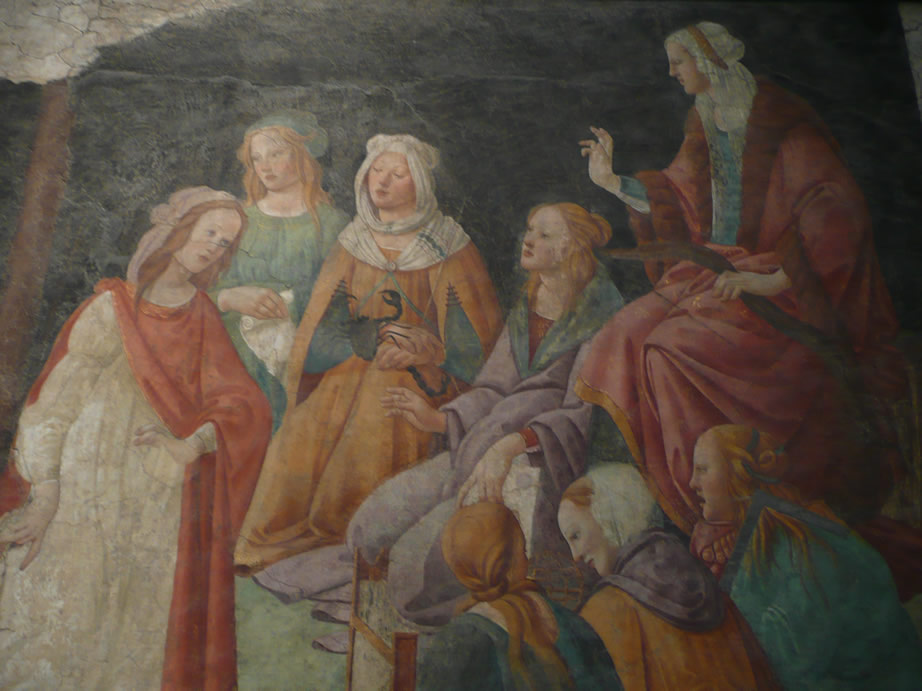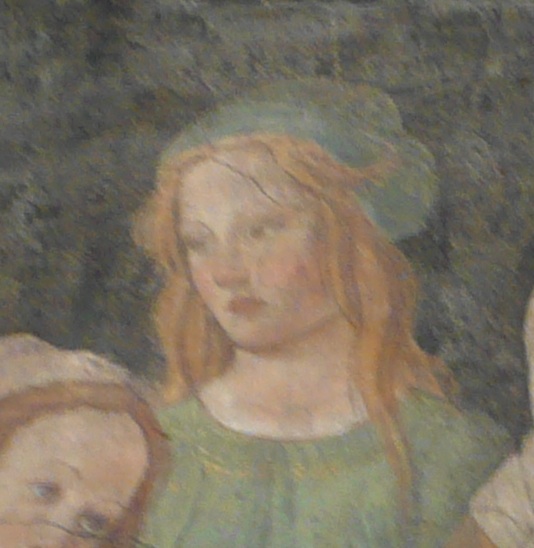Here's an article in yesterday's New Scientist: "Charades reveals a universal sentence structure." The ever eagle-eyed Ben Zimmer thrust it under our noses as we hung around the LL water-cooler this morning. My interest was piqued. It would be much easier to learn about language by playing charades than by using the extraordinarily laborious standard method, i.e. studying language.
The article reports on a new paper in the prestigious journal PNAS, "The natural order of events: How speakers of different languages represent events nonverbally", by Susan Goldin-Meadow, Wing Chee So, Aslı Özyürek, and Carolyn Mylander. I've taken a look at the PNAS paper, but for now I just want to give you my immediate reactions to the New Scientist article. I'll follow up with some comments on the PNAS paper later.
In the study the New Scientist article reports on, subjects with various native languages look at pictures involving characters doing things to other characters, and then they mime what they saw. And the main finding the New Scientist article reports is that:
"Regardless of the order used in their native spoken language, most of the volunteers communicated with a subject-object-verb construction."
Cute! But now it gets a little weird:
"Goldin-Meadow argues that this kind of sentence syntax might therefore be etched into our brains. Languages that veer away from this form, such as English, must have been influenced by cultural forces."
Read the rest of this entry »




